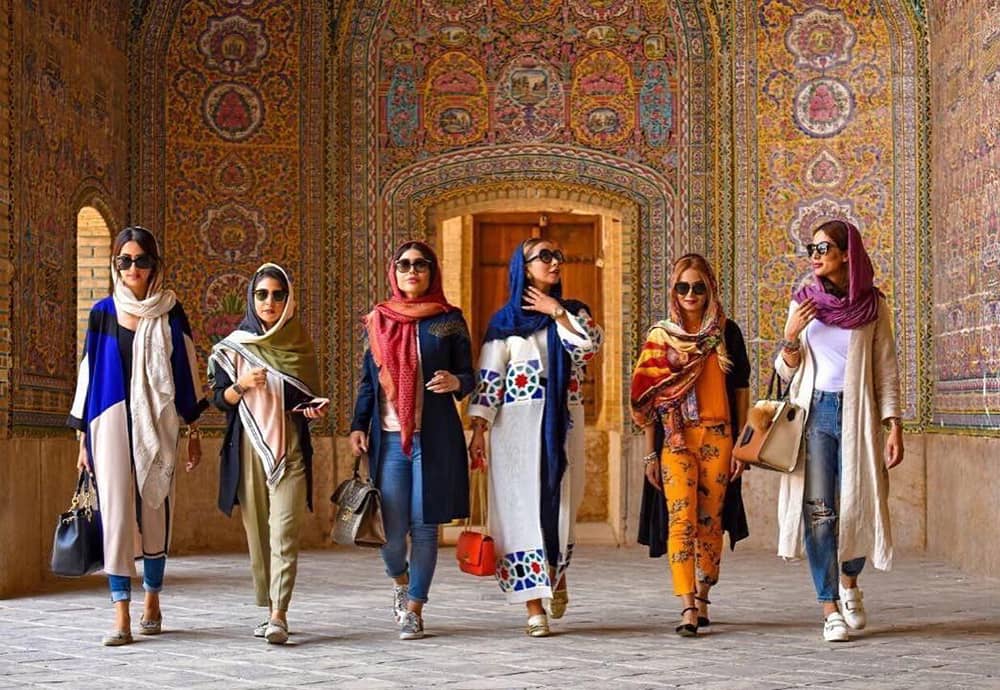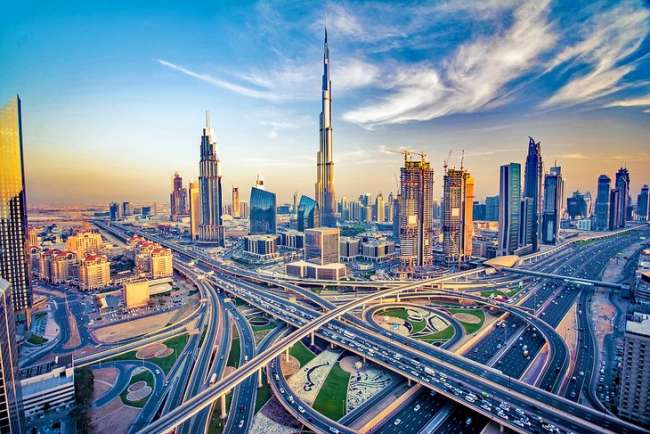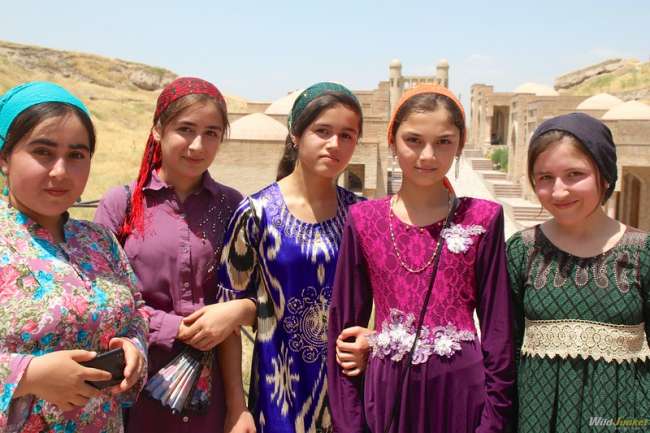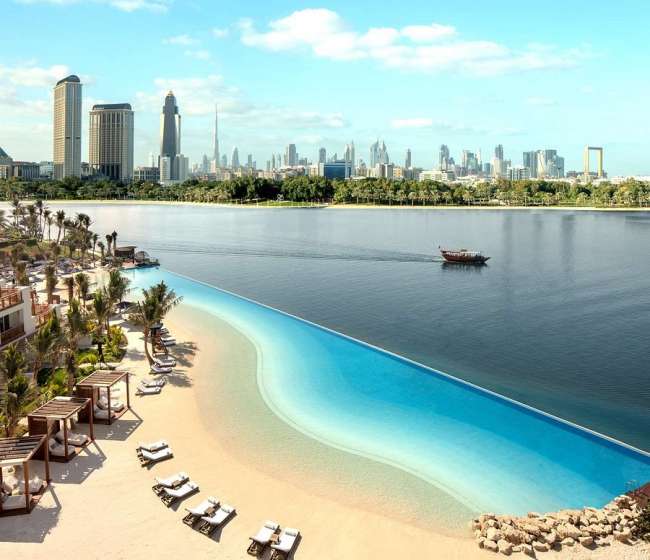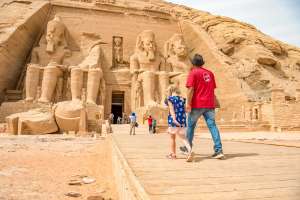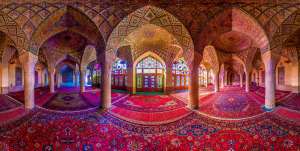Life in the Middle East is a fascinating blend of ancient traditions and modern transformation, where centuries-old customs coexist with futuristic skylines and global lifestyles. Stretching across parts of Asia and North Africa, this region holds a deep historical and cultural significance—it’s the birthplace of great civilizations and the cradle of the world’s three major religions: Judaism, Christianity, and Islam. Yet beyond the headlines and stereotypes, the real life in the Middle East is diverse, dynamic, and far more nuanced than most people imagine.
From the glittering towers of Dubai and Doha to the timeworn souks of Cairo and the desert landscapes of Oman, every country in the region offers a unique rhythm of daily life. People here are renowned for their hospitality, strong sense of family, and pride in their heritage. For expatriates, the experience is often a mix of opportunity and cultural discovery—tax-free salaries, luxurious housing, and vibrant communities balanced with deep respect for local customs and religion.
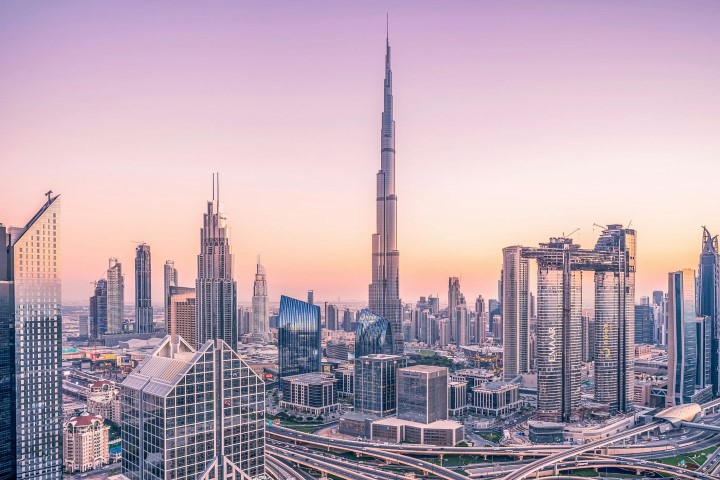
At its heart, life in the Middle East is about balance—between modern innovation and ancient values, between global ambition and local identity. It’s a place where you can enjoy world-class shopping malls one moment and wander through historic markets the next; where skyscrapers rise beside mosques that have stood for centuries. This region continues to evolve, and understanding how people live, work, and interact here provides a window into one of the world’s most intriguing and influential parts of the planet.
Defining the Middle East
There has never been a universally accepted definition of what constitutes the Middle East. Historically, it referred to the lands once under the vast Ottoman Empire, along with Persia—modern-day Iran—which held its own long and independent imperial legacy. The term “Middle East” gradually replaced the older “Near East,” which once described territories stretching into southeastern Europe, including parts of the Balkan Peninsula, before focusing on the Arab and Persian lands that dominate the region today.
At its core, the modern Middle East comprises the nations of Southwest Asia and North Africa—countries like Saudi Arabia, the United Arab Emirates, Qatar, Bahrain, Oman, Yemen, Jordan, Lebanon, Syria, Iraq, Iran, Egypt, and Libya. Some definitions also extend westward to include Tunisia, Algeria, and Morocco, or eastward to Afghanistan and even Sudan, depending on cultural and political context.
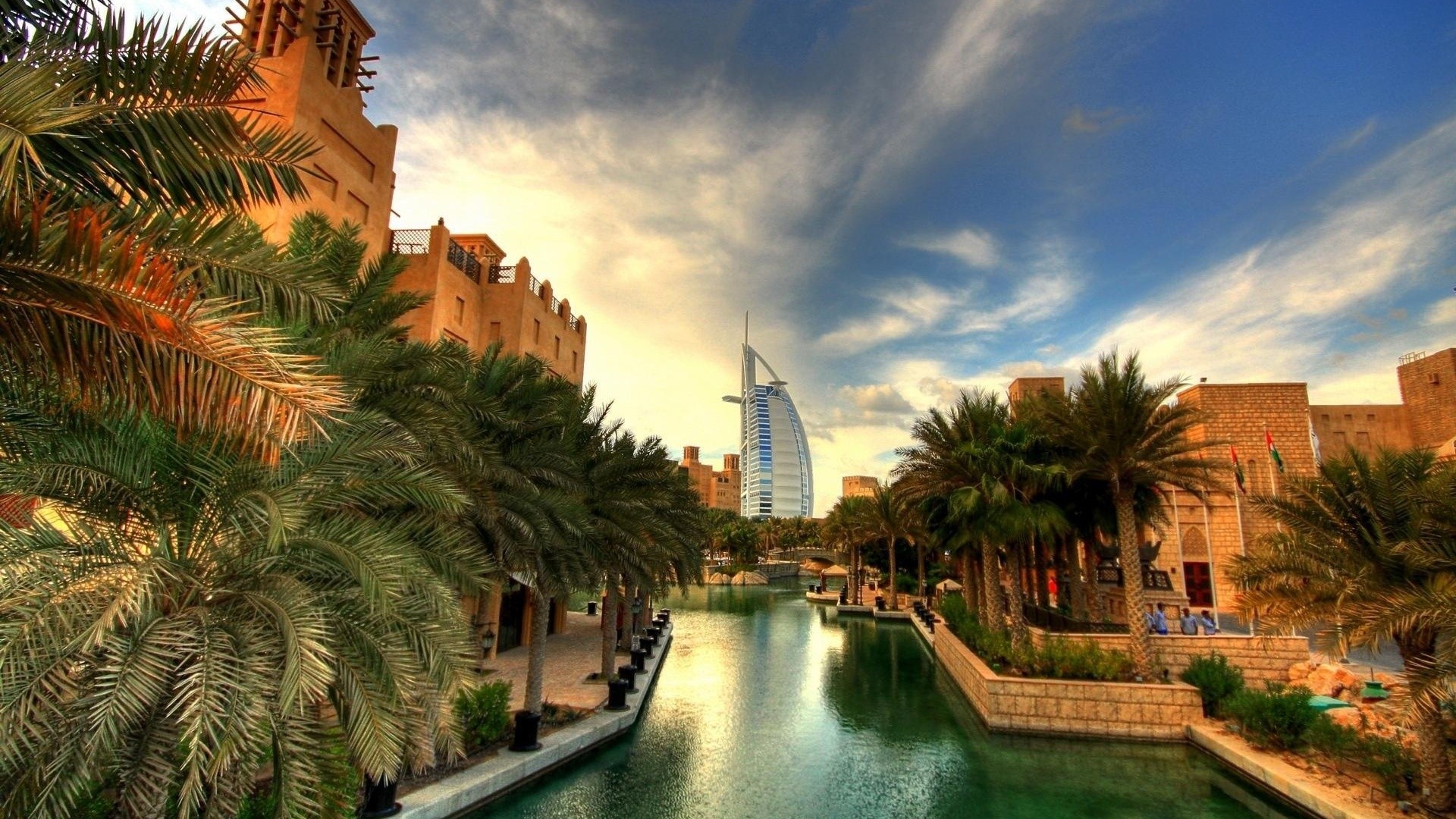
Beyond its boundaries, what defines the Middle East most vividly is the diversity of its people and the remarkable balance between deep-rooted tradition and rapid modernization. While some regions embrace ultra-modern skylines and global lifestyles, others maintain centuries-old customs, creating a fascinating coexistence that draws travelers, scholars, and expatriates alike.
Everyday Realities and Cultural Insights
This section explores the practical realities of living in the Middle East, addressing common misconceptions and highlighting what life truly feels like in this multifaceted region.
Dress Code
One of the most misunderstood aspects of Middle Eastern culture is dress. While many locals choose to wear traditional attire—men in dishdashas or thobes and women in abayas or hijabs—the degree to which this is followed varies greatly between countries, and even within cities. In cosmopolitan centers like Dubai, Abu Dhabi, Doha, and Manama, Western clothing is not only accepted but commonplace among expatriates. The only strict exception remains Saudi Arabia, where modest clothing norms are more rigorously observed, though even there, rules have relaxed in recent years.
It is, however, considered respectful to dress conservatively during major religious occasions such as Ramadan. Lightweight, loose-fitting clothing is both culturally appropriate and practical for the region’s hot climate.
“Life in the main expat hubs in the Middle East is actually very similar to any other Western city.”
5 Things to Know Before Moving to the Middle East
Alcohol Consumption
While the Middle East is largely Muslim and governed by Islamic law, which prohibits alcohol, its application varies widely. In Saudi Arabia and Kuwait, alcohol remains strictly banned. However, in other nations such as the United Arab Emirates, Bahrain, Oman, and Qatar, regulated alcohol consumption is permitted in licensed venues like hotels, bars, and private clubs. Residents can also obtain alcohol permits to drink at home after receiving a residence visa.
It is always advisable to respect local laws—public drunkenness, for instance, is not tolerated—and to remember that what’s acceptable in one country may be illegal in another, even within the same region.
Day-to-Day Living Costs
Living expenses in the Middle East can range from moderate to luxurious depending on one’s lifestyle and location. On average, food and groceries may cost around 15% more than in the UK, while imported goods, especially alcohol, come at a premium. Yet, essentials like fuel are exceptionally cheap; petrol prices can be as low as a fraction of those found in Europe—an undeniable advantage of living in oil-rich nations.
Public transport varies by country, but most expatriates rely on personal vehicles or taxis, given the abundance of cheap fuel. The affordability of domestic help, combined with tax-free income, also makes everyday living convenient and comfortable for foreign professionals.
Schools and Education
Education in the Middle East is taken seriously, and standards are generally high, especially in private and international schools. The system is divided into public, private, and higher education sectors, with English-medium instruction common in international institutions. Expatriates often prefer private schools, where curricula such as British, American, IB, and Indian systems are widely offered.
The demand for high-quality education has led to rapid expansion across the region, with new schools opening each year to accommodate the growing expat population. However, parents should plan early—top schools often have long waiting lists. Fees can be significant but are frequently covered as part of expatriate employment packages.
Women’s Work and Mobility
In most Middle Eastern cities, women work, drive, and lead modern professional lives much like anywhere else in the world. Over the past decade, especially in Saudi Arabia, monumental progress has been made in women’s empowerment—female entrepreneurs, engineers, and pilots now form part of the region’s thriving workforce.
Across the Gulf, women enjoy access to education and business opportunities, and in countries such as the UAE, Bahrain, and Qatar, female professionals hold senior government and corporate positions. The only general rule for visitors and residents alike is to maintain cultural sensitivity in dress and behavior, especially in public spaces.
Life for Expats: Work, Benefits, and Lifestyle
Tax-free income remains one of the most appealing incentives for professionals relocating to the Middle East. Most employment contracts also include generous benefits such as furnished housing, annual flight tickets home, private healthcare, and education allowances for dependents.
For expatriates, life in the region’s urban centers—Dubai, Doha, Abu Dhabi, Riyadh, Manama, Muscat—offers a cosmopolitan mix of luxury, opportunity, and cultural discovery. From futuristic malls and international cuisine to traditional souks and desert safaris, the Middle East harmoniously blends modern living with the richness of its heritage.



